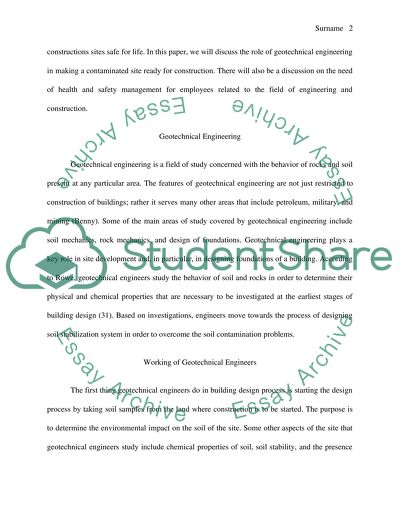Cite this document
(“Managing Construction Site Constraints Research Paper”, n.d.)
Retrieved from https://studentshare.org/engineering-and-construction/1474505-managing-construction-site-constraints
Retrieved from https://studentshare.org/engineering-and-construction/1474505-managing-construction-site-constraints
(Managing Construction Site Constraints Research Paper)
https://studentshare.org/engineering-and-construction/1474505-managing-construction-site-constraints.
https://studentshare.org/engineering-and-construction/1474505-managing-construction-site-constraints.
“Managing Construction Site Constraints Research Paper”, n.d. https://studentshare.org/engineering-and-construction/1474505-managing-construction-site-constraints.


